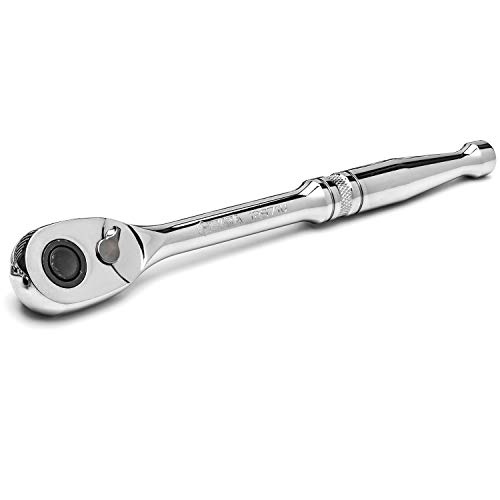Whether you’re a car mechanic, a skilled craftsman, or you simply like doing DIY projects around the house, there’s one tool that you must have: a ratchet. For years, ratchets have been the go-to tool for loosening and tightening up bolts and nuts. With the advent of technology, more advanced alternatives — like electrically powered socket spinners or pneumatic machines — have somewhat replaced this tool, but nothing is quite as slim and handy as a classic ratchet. It fits where no other electronic ratchet would, making it a must-have tool in every workshop and DIY toolkit.
But with a ton of different sizes, types, and styles, it’s a daunting task to choose the right ratchet. Don’t worry! We’ve shortlisted our favorite ratchets of 2023 and we’ve prepared a detailed buyer’s guide to help you make your decision.






